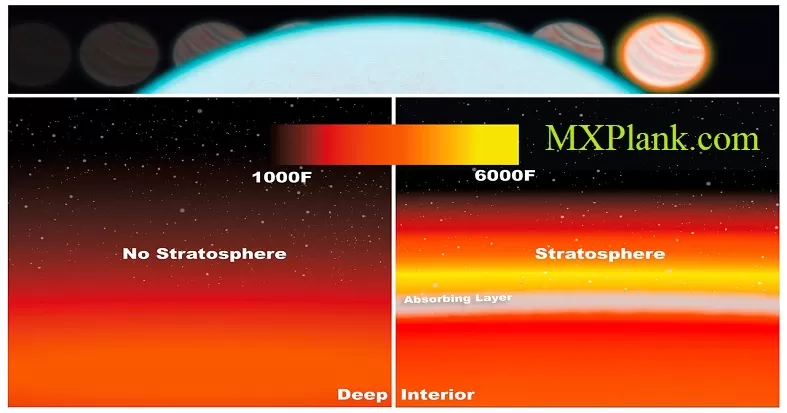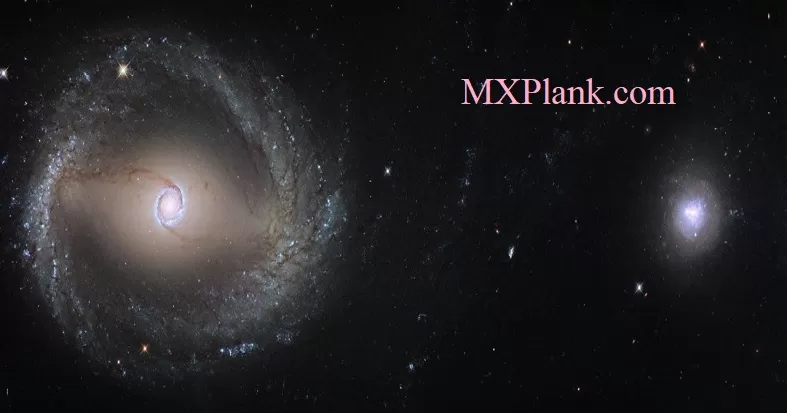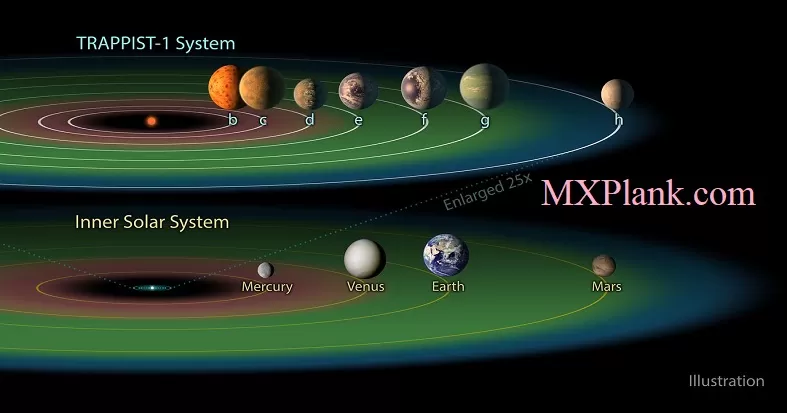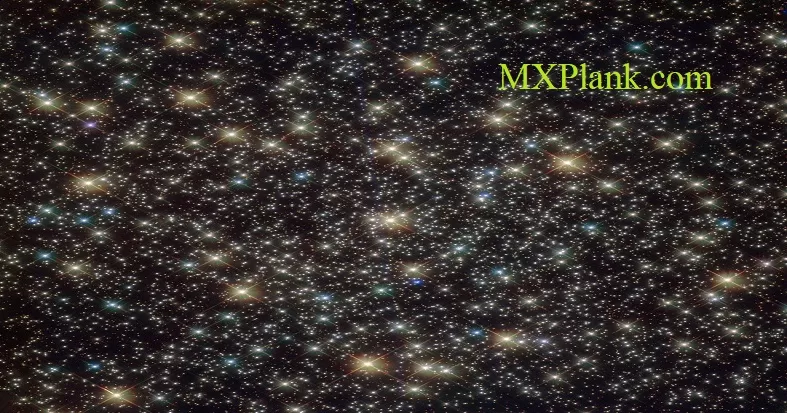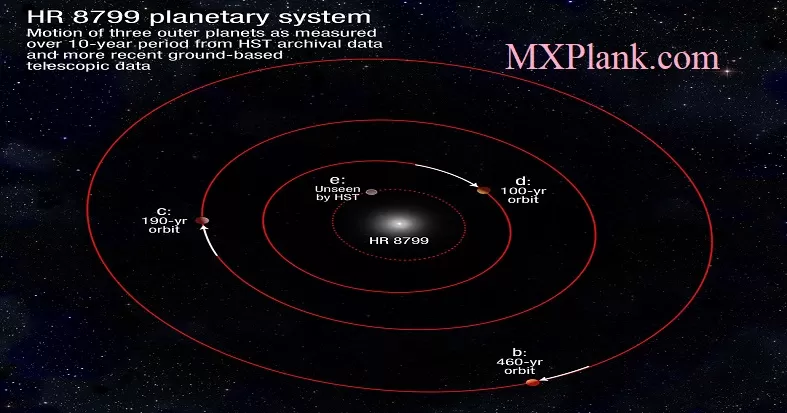Quantum Entanglement
Outline
The argument about entanglement goes back to Einstein. The notorious EPR (Einstein/Podolsky/Rosen) thought experiment of 1935 demonstrated that if quantum mechanics was correct then the determination of the state of one quantum particle could instantaneously and over any distance determine the state of another particle. This was afterwards referred to as entanglement or quantum entanglement.Mysterious action at a distance
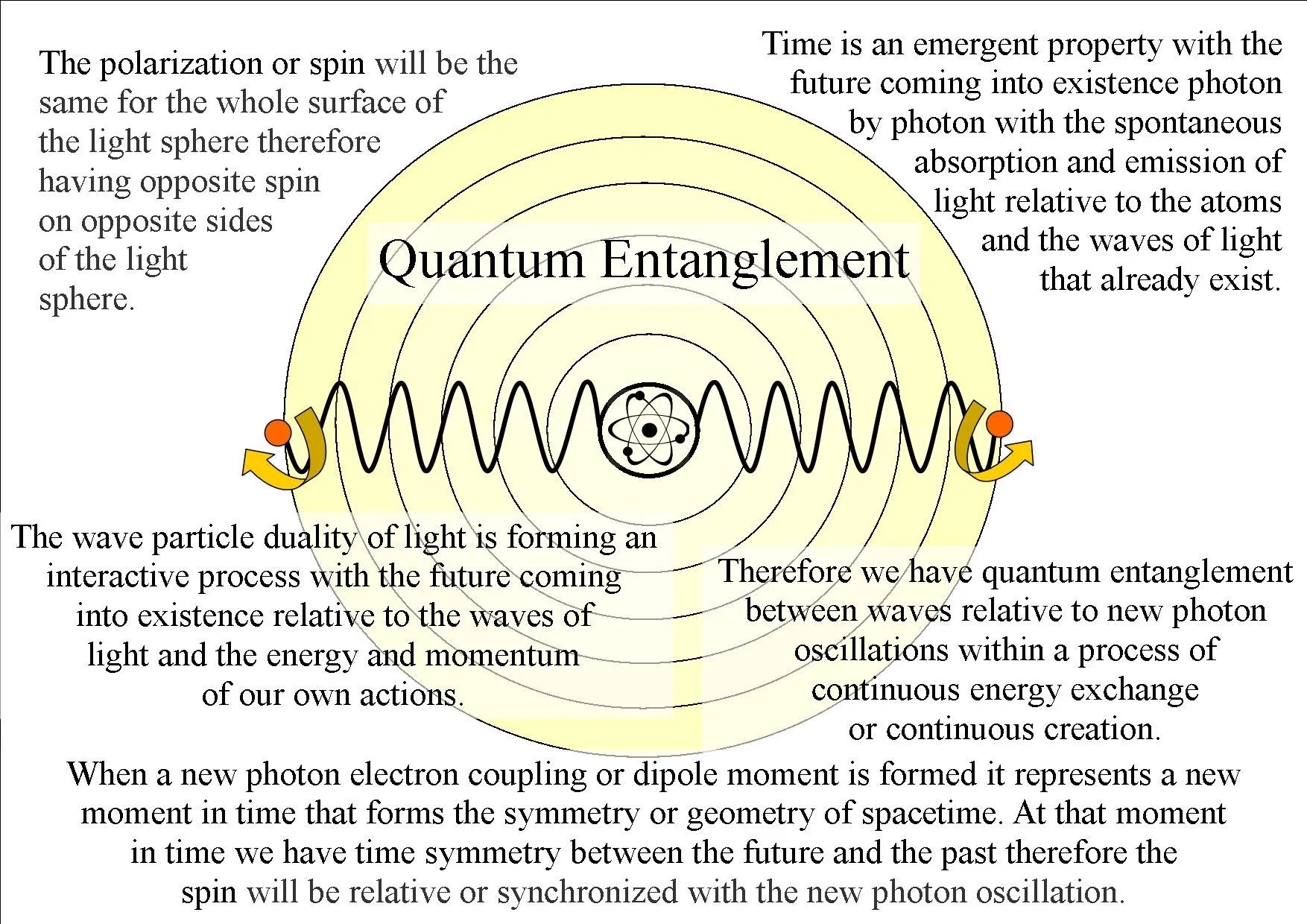 the electron as spin down. maxres default such instantaneous change, 'spooky action at a distance', as Einstein referred to it, violated the assumption of relativity and of classical physics that such changes could only happen in response to local activity, in the sense of a response to signals travelling not faster than the speed of light. This clearly rules out instantaneous communication of change, and this was offered as an argument for quantum theory not being a useful description of nature.
the electron as spin down. maxres default such instantaneous change, 'spooky action at a distance', as Einstein referred to it, violated the assumption of relativity and of classical physics that such changes could only happen in response to local activity, in the sense of a response to signals travelling not faster than the speed of light. This clearly rules out instantaneous communication of change, and this was offered as an argument for quantum theory not being a useful description of nature.
the calculation
After 1935 the intellectual mood of physics in the mid 20th century discouraged speculation. This academic attitude towards enquiring students was sometimes referred to as 'shut up and calculate'. This spell was broken by the work of John Bell. He proved mathematically that no theory that relies on local causation and the reality of such interactions could replicate the prediction of quantum theory. The results of measurements on the spin or polarisation of spatially separated particles satisfy an inequalities that can be violated in the case of entangled particles. Since the 1970s, and notably in the case of Alain Aspect's 1982 experiment, Bell's inequalities have been violated by the actually detected spins or polarisations of particles. However, all these experiments left some loopholes that could leave some ground for argument by 'hold outs' for local realism and causation.
Closing the loopholes
The authors here claim to have produced a more robust method that rules out any of these loopholes. Their scheme generates entanglement between distant electron spins. The efficiency of spin read-out eliminates one loophole, while this combined with a separation of 1.3 kilometres ensured the necessary degree of locality. Their data is stated to have produced a statistically significant rejection of the possibility of local realism. entanglement-box-and-ballThe authors suggest that they can perform future experiments that will further strengthen this statistical position.
Conclusion
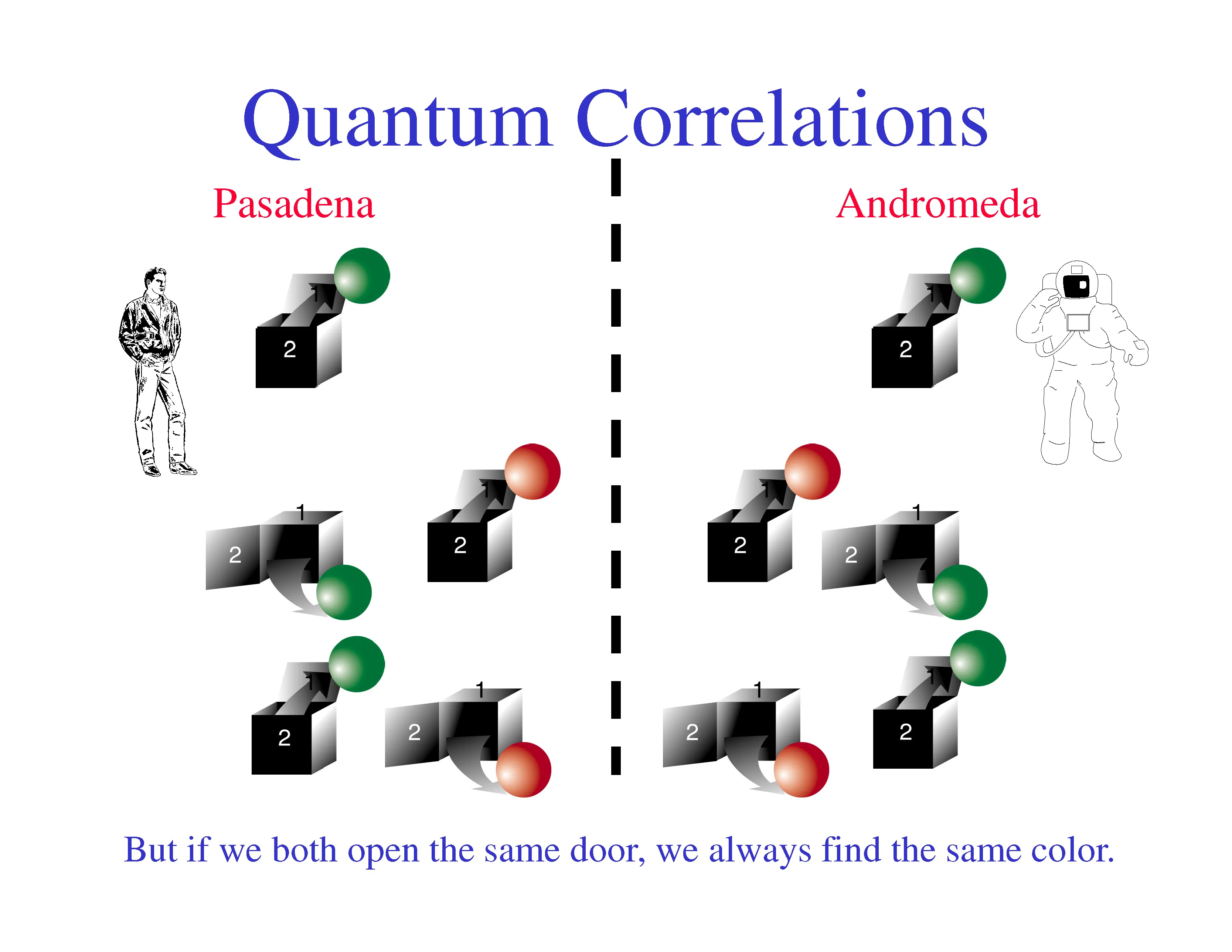 Quantum entanglement has been a long-run thorn in the flesh of physicists and philosophers because of its apparent breach with causality. We have argued elsewhere that this problem can be resolved by viewing the interaction as a wave in spacetime itself.
Spacetime itself is not subject to the light-speed constraint, and its inflationary expansion in the very early universe is proposed to have proceeded at a much higher rate than the speed of light. This is seen as a way of explaining the degree of thermal equilibrium in the subsequent cosmic background radiation. The light speed constraint only applies to quanta having mass and charge. What is altered in entanglement is never mass and charge, but only the angular momentum, spin or polarisation of quanta. Such a view has implications for both the transmission of the physical law, and even possibly the arising of consciousness.
Quantum entanglement has been a long-run thorn in the flesh of physicists and philosophers because of its apparent breach with causality. We have argued elsewhere that this problem can be resolved by viewing the interaction as a wave in spacetime itself.
Spacetime itself is not subject to the light-speed constraint, and its inflationary expansion in the very early universe is proposed to have proceeded at a much higher rate than the speed of light. This is seen as a way of explaining the degree of thermal equilibrium in the subsequent cosmic background radiation. The light speed constraint only applies to quanta having mass and charge. What is altered in entanglement is never mass and charge, but only the angular momentum, spin or polarisation of quanta. Such a view has implications for both the transmission of the physical law, and even possibly the arising of consciousness.

